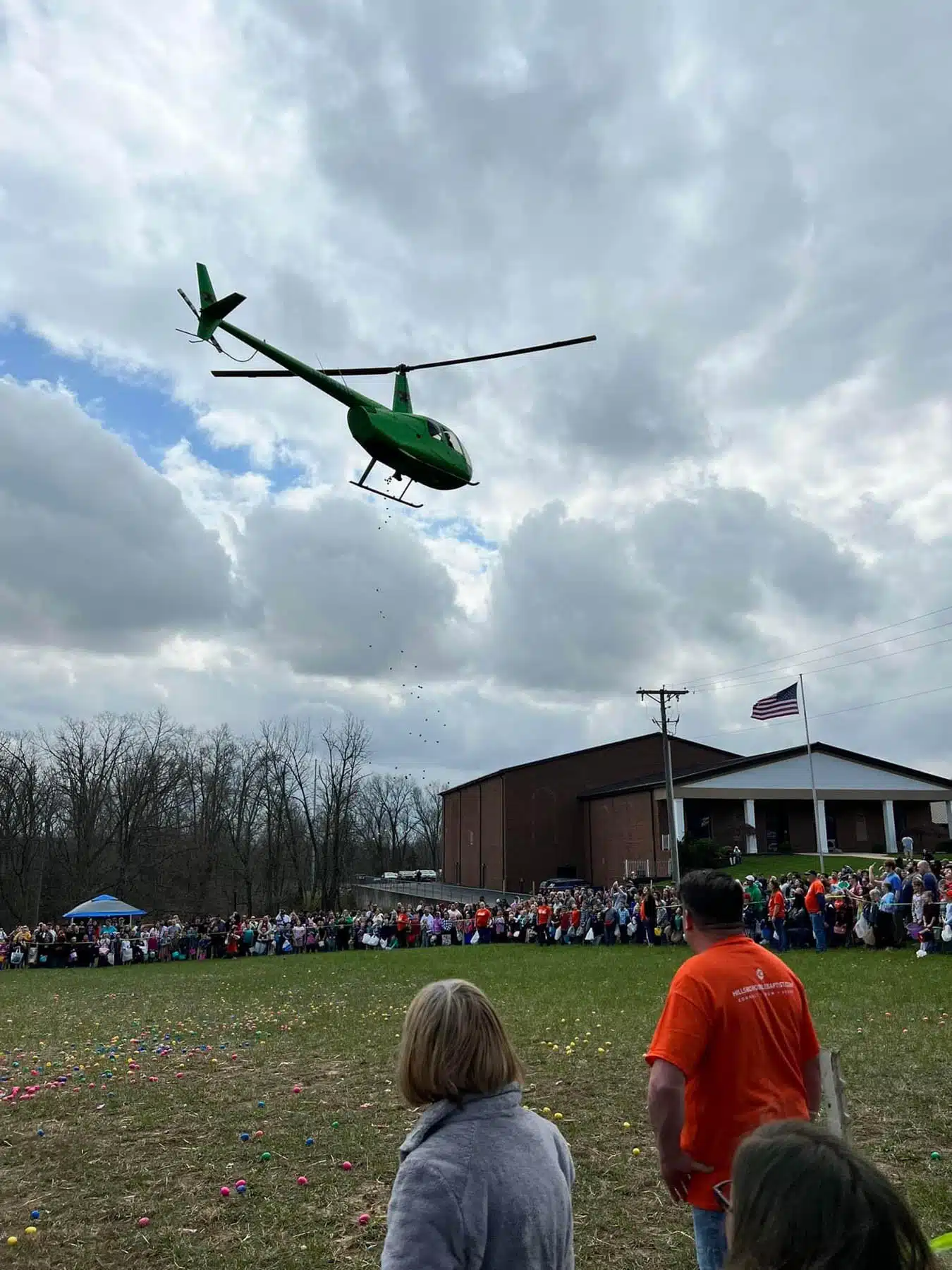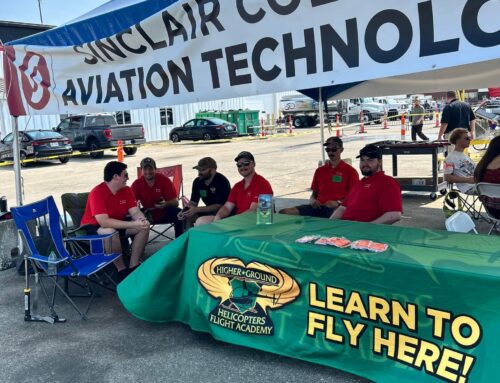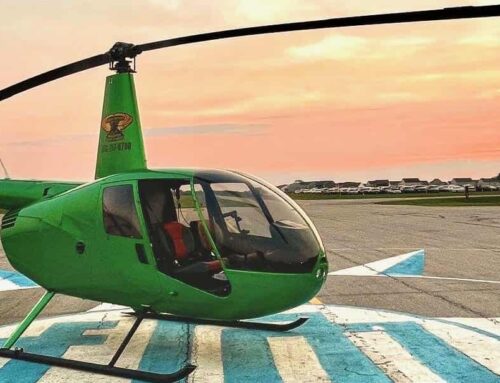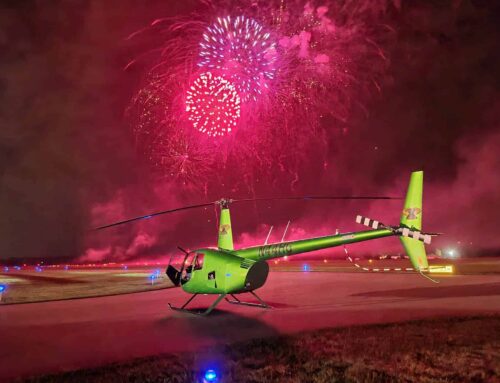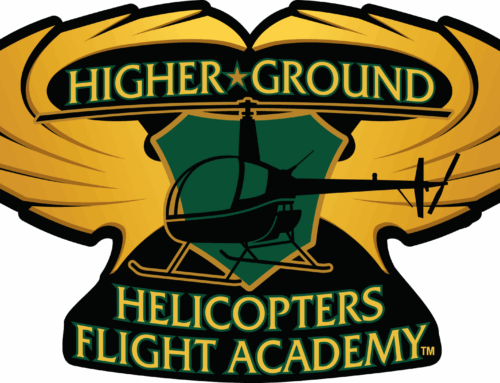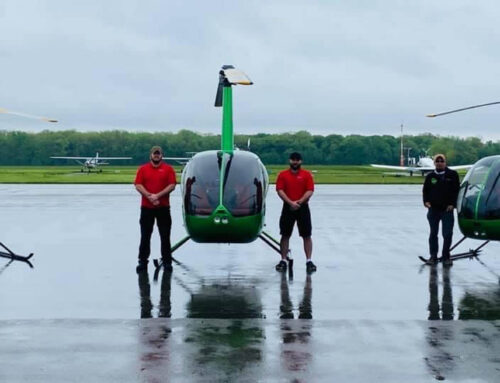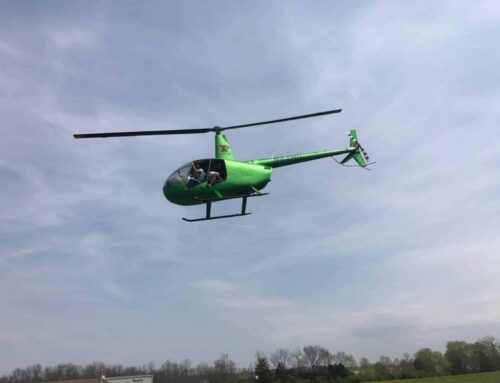Discover Magazine reports that the U.S. commercial helicopter industry logs roughly 3 million flight hours annually. People rely on these aircraft for rescues, transport, and countless critical missions.
Unlike airplanes, helicopters can hover and land where runways don’t exist. But have you ever asked yourself, ‘How fast do helicopters fly?’ The answer isn’t as simple as you might think.
There’s more to their speed than just engine power or rotor size. Keep reading to uncover the surprising facts behind their performance.
Understanding Helicopter Speeds
Helicopter speed is measured in two main ways. Cruising speed is the pace they maintain during most flights. Maximum speed is the highest they can reach under ideal conditions.
Unlike airplanes, helicopters use rotating blades instead of fixed wings. These blades create lift and thrust at the same time. They also face limits like drag and retreating blade stall.
These limits keep helicopters slower than airplanes but give them unmatched control. So, how fast do helicopters fly? Most models cruise between 75-150 mph (120-260 km/h).
Some military and advanced designs can go faster, but they are exceptions. These speeds show why helicopters are built for flexibility, not extreme velocity. They trade raw speed for the ability to hover and land anywhere.
Factors Affecting Helicopter Performance
Several helicopter performance factors influence how fast and efficiently it can fly. Here are the most common ones:
Rotor Design
The number and type of rotor blades directly affect speed. Advanced designs, such as coaxial or compound rotors, reduce drag. This allows helicopters to reach higher speeds.
Engine Power
Engine type plays a major role in performance. Turboshaft engines provide more power and efficiency than piston engines. They enable faster flight and better handling of heavy loads.
Aerodynamics and Weight
The shape of the helicopter determines how smoothly air flows around it. A streamlined design reduces drag and boosts speed. Extra weight from cargo or passengers adds strain, lowering overall performance.
Weather Conditions
The weather has a strong impact on helicopter flight. Wind direction can either assist or slow down progress.
High temperatures and thin air at altitude reduce rotor lift and engine efficiency. This limits their speed. These factors together explain why helicopters vary so much in performance, even when they look similar.
Helicopter Speed Comparison: Civilian vs. Military
When looking at a helicopter speed comparison, civilian and military models show clear differences. Civilian helicopters focus on efficiency and safety. Military versions are built for speed and combat performance.
Civilian Helicopters
Common civilian helicopters, such as the Robinson R44, cruise at about 110 mph (180 km/h). The Bell 206, widely used for transport and training, averages 120 mph (193 km/h). These speeds work well for city travel, medical evacuations, and other missions where stability matters more than raw speed.
Military Helicopters
Military helicopters are designed for power and quick movement. The Apache AH-64, a well-known attack helicopter, reaches about 182 mph (293 km/h).
The Black Hawk UH-60, used for troop transport and rescue, cruises around 183 mph (295 km/h). Some advanced military models can go even faster, giving them an edge in combat and rapid deployment.
This comparison shows how purpose shapes performance. Civilian helicopters stay efficient and stable. Military ones push for higher speeds to meet demanding missions.
The Fastest Helicopters in the World
Some helicopters stand out for pushing the limits of speed. These fastest helicopters show how far technology has advanced in rotorcraft design.
The Sikorsky X2 holds the record for rotorcraft speeds. It reached about 299 mph (481 km/h) during test flights.
This high-tech helicopter uses a coaxial rotor system and a pusher propeller to cut drag and boost speed. However, it is an experimental model, built to test new concepts rather than serve as a standard production aircraft.
Close behind is the Eurocopter X3, which achieved around 293 mph (472 km/h). It combines traditional helicopter rotors with airplane-like propellers, giving it extra thrust.
Like the X2, it was mainly a demonstrator, proving how hybrid designs can increase performance. These record-breaking models are not in everyday use, but they shape the future of helicopter technology.
How Speed Impacts Helicopter Training
Understanding helicopter speeds is a key part of becoming a skilled pilot. Student pilots learn early that speed affects every phase of a flight. Flying too fast or too slow at the wrong time can create safety risks.
During takeoff, instructors teach students how to build speed gradually while maintaining control. Proper speed management here ensures a smooth and safe climb.
In a cruise, pilots practice holding a steady airspeed for efficiency and comfort. This phase helps them understand how small adjustments in power or pitch can affect performance.
For landing, controlling speed is even more critical. Students learn to slow the helicopter safely while preparing for a hover or touchdown. Mastering these skills takes practice, but it gives pilots confidence in any situation.
Choosing the Right Helicopter Training School for Speed and Safety
Finding the right training school is essential for becoming a skilled pilot. The right choice builds your confidence and prepares you to handle speed and performance safely.
When selecting a school, consider:
- Experienced instructors with extensive flight hours
- Modern fleet with well-maintained helicopters like the R22 or R44
- Comprehensive programs that cover both basic and advanced skills
- High safety standards backed by proven procedures and strong records
The right school gives you more than just flying lessons. It trains you to understand how helicopters perform at different speeds and prepares you for real-world flying.
At Higher Ground Helicopters, you train with skilled instructors using a modern fleet. The programs teach you to control speed and handle real flying conditions with confidence.
How Fast Do Helicopters Fly? Start Your Training Today
How fast do helicopters fly? The answer depends on a helicopter’s design, conditions, and purpose. If you are ready to take the next step, start your training and experience these speeds firsthand.
At Higher Ground Helicopters, you’ll learn from Cincinnati’s top-rated and most experienced helicopter flight school. We’re the only FAA-Approved Part 141 institution in Ohio, offering programs that accept VA Disability Benefits® and the GI Bill®. Our expert instruction, flexible schedules, and college degree options give you every advantage to launch a successful aviation career.
Get in touch today for enrollment.

